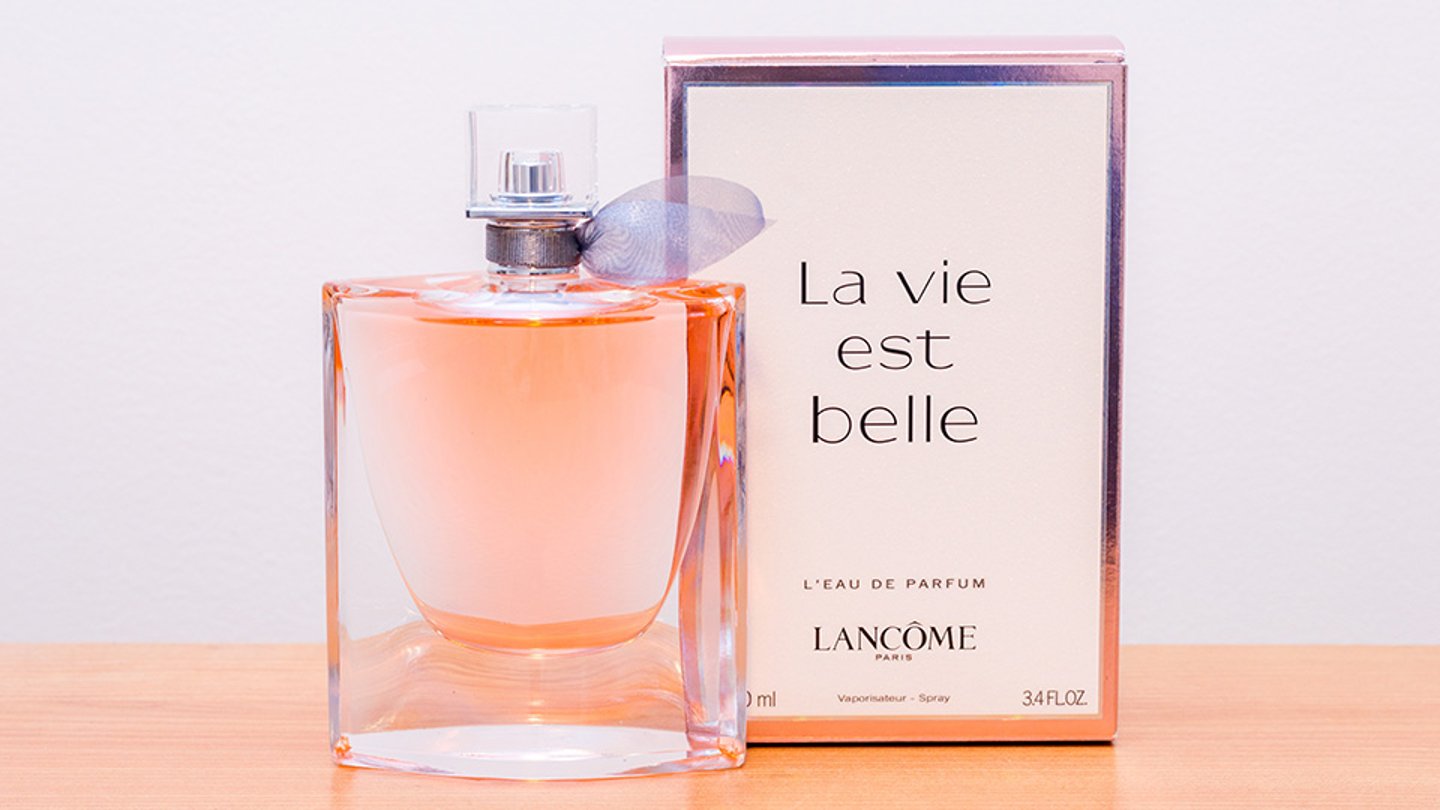Why L’Oreal Finally Brought Luxury to Amazon
While some luxury consumer goods companies have resisted selling on Amazon for fear of diluting their brand experiences, L’Oreal said initial results after taking the plunge eight months ago with select luxury brands have been promising.
In testing the U.S. waters with brands including Lancome and Kerastase, selling on Amazon has increased penetration, with 73% of consumers making a purchase on Amazon new to the Lancome brand, said Cyril Chapuy, president of L’Oreal’s luxury division, in an earnings call last week.
It’s the No. 6 luxury beauty brand on Amazon and the No. 2 in the total U.S. luxury market, “so we have still a lot of room to grow,” he said, noting they’ll likely expand Amazon distribution with other luxury brands in the portfolio.
- See also: L'Oréal Preps for the Future With Metaverse Incubator and AI- and Data-Powered Beauty Science
The move to Amazon is having a broader impact on L’Oreal luxury retail strategy: While L’Oreal has decreased Lancome’s physical distribution to concentrate on its most prestigious retailers, Lancome’s direct-to-consumer site has continued to grow thanks to differentiating channel offers.
“We do this in Brick. Our offers are differentiated between a prestige department store and specialty store like Sephora, but we do this in Click also,” said Chapuy. “And what you do on Amazon and what you do on your D-to-C has to be very differentiated, very strategized so that the two channels don’t overlap or cannibalize each other.”
Retail Relationship Repair
L’Oreal is not new to selling on Amazon; the company had already sold all of its professional brands and most of its dermatological beauty brands there, which has helped eliminate gray market products, according to company leaders.
In bringing luxury brands over, Chapuy said L’Oreal was heartened after years of conversations and the retailer’s improvement in partnering for elevated e-commerce experiences.
“We decided to go on Amazon because the quality of the dialogue we had with them has evolved drastically. It took us almost three years of discussion to go on Amazon. And they understood progressively what luxury experience has to be.”
It also aligns with L’Oreal’s greater efforts to improve its retail relationships: The No. 12 publicly owned consumer goods company has moved from the bottom to the top tier in the annual Independent Advantage Survey retailer FMCG supplier ratings, said Alexis Perakis-Valat, president of L’Oreal’s consumer division, who noted it had become a KPI for all managers.
“When I arrived at the helm of the division, we gathered with our management committee, with the division presidents, and we just declared that it was great to be innovative, to have amazing brands, but that it was not okay not to be seen by our retailers as their preferred partner across FMCG.”
These improved retail relationships are in turn enabling L’Oreal to reimagine mass shopping experiences to make beauty aisles more informative and desirable, said Perakis-Valat, with conversations shifting focus toward driving incremental growth for both parties.





